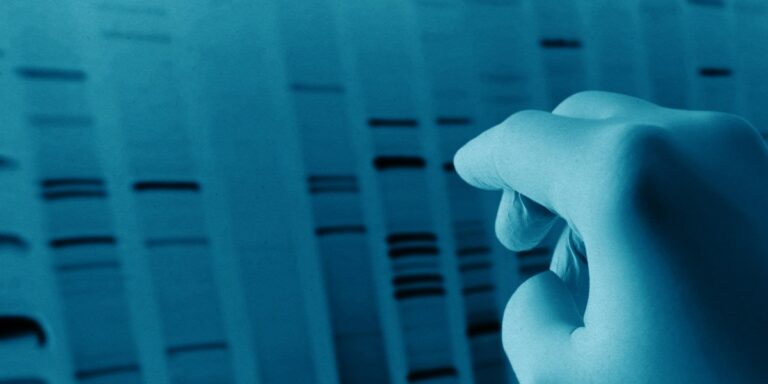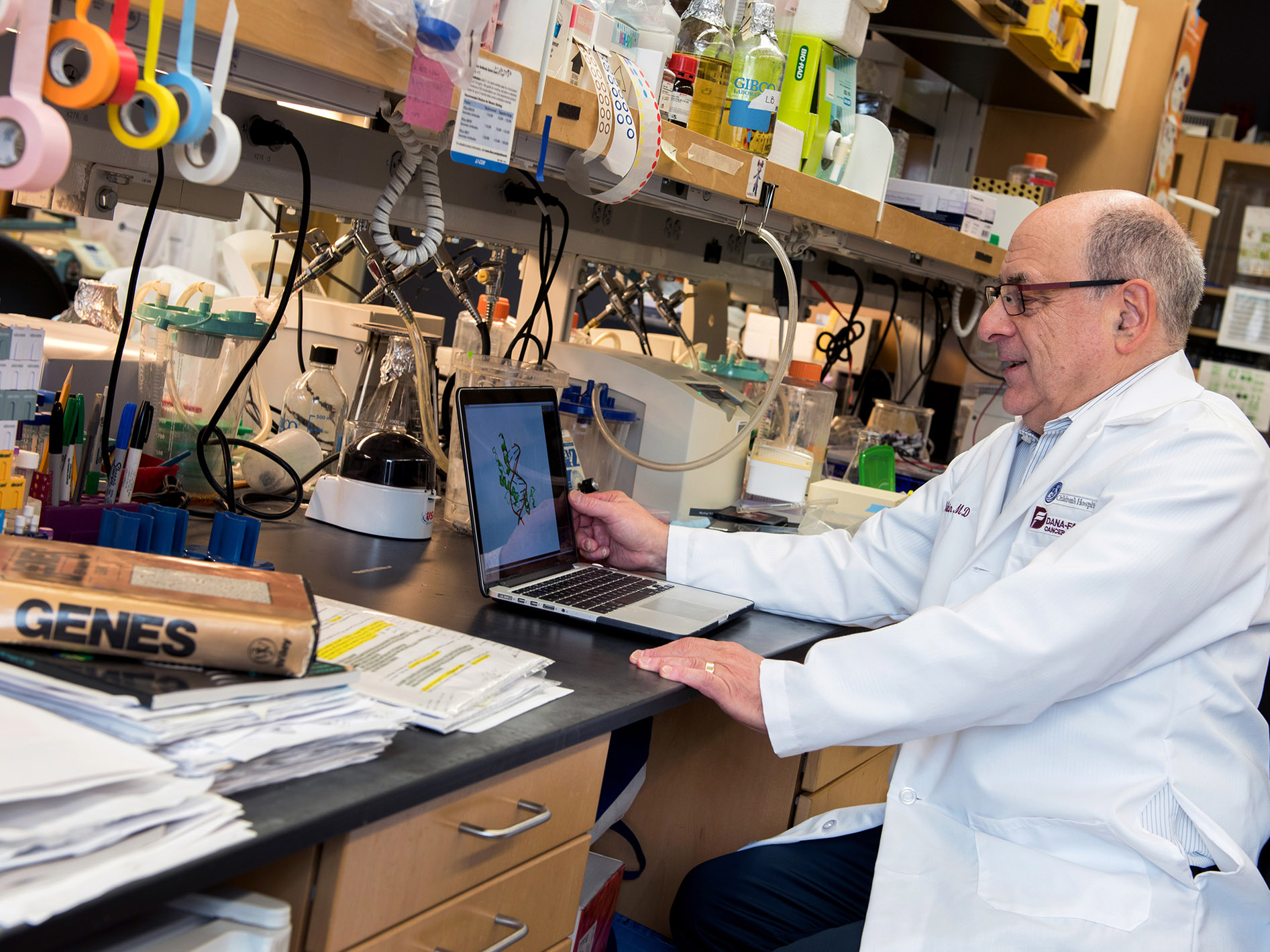
The affiliation approach hasn’t all the time paid off—however beginning in 2007, the gene searches hit pay grime for sickle-cell. In a single research, for example, a staff in Italy studied DNA from hundreds of Sardinians (a few of whom had beta-thalassemia, one other hemoglobin dysfunction, which is shockingly frequent on the island) as effectively from People with sickle-cell. After they in contrast every individual’s DNA with the quantity of fetal hemoglobin every had, variations saved popping up in a single gene: BCL11A.
This gene was removed from the hemoglobin sequences—in truth, on a completely completely different chromosome. And till then, it had been principally identified for its connection to some cancers. It was a whole shock. “No quantity of sequence-gazing would have advised you what to search for,” Orkin says now. However the blaring sign advised them this may very well be the management mechanism. Orkin likes as an instance the influence this clue had with a quote from Marcel Proust: “The solely actual voyage of discovery consists not in in search of new landscapes however having new eyes.”
All eyes had been now on BCL11A. And really rapidly, Orkin’s college students and trainees confirmed that it might management fetal hemoglobin. In actual fact, it was a transcription issue—a sort of gene that controls different genes. By shutting off BCL11A they had been in a position to rekindle manufacturing of fetal hemoglobin in cells rising of their lab—and later, in 2011, they confirmed that mice may very well be cured of sickle-cell in the similar vogue. “What this meant is when you might do that to a affected person, you can remedy them,” says Orkin.
Nonetheless, in people it wasn’t going to be so simple as turning the gene off altogether. BCL11A seems to be an vital gene, and dropping it wasn’t finally good for mice. One research discovered mice missing it had been principally lifeless inside six months. However then got here one other lucky break. These hits from the Sardinia research? They turned out to cluster in a particular area of the BCL11A gene, referred to as an “erythroid enhancer,” that was lively solely throughout the manufacturing of crimson blood cells.
Consider it as a fuel pedal for BCL11A, however one that’s solely employed when a stem cell is making crimson blood cells—an enormous job, by the approach, since your physique makes a number of billion every day. “It’s completely cell particular,” says Orkin. And that meant the fuel pedal may very well be messed with: “We’d gone from the entire genome to at least one [site] that we might exploit therapeutically.”
Drug goal
The change had principally been a matter of scientific curiosity. However now researchers at Harvard, and at an organization they’d teamed with, Sangamo Biosciences, started to outline a treatment. They peppered the enhancer with each attainable damaging edit they might—“like a bunch of BBs,” says Bauer, who did the work at Harvard. Finally, they discovered the excellent one: a single disruptive edit that might decrease BCL11A by about 70%, and consequently enable fetal hemoglobin to extend.
The modifying goal, a brief run of some DNA letters, by no means seems elsewhere in most individuals’s genomes. That’s vital, as a result of as soon as programmed, CRISPR will reduce the matching goal sequence each time it encounters it, whether or not or not you need it to. Creating unintentional further edits is taken into account hazardous, however Bauer says he’s discovered just one such “off beam” website, which he estimates will seem in the genomes of about 10% of African-People. However its location is not in a gene, so unintentional edits there aren’t anticipated to matter. Bauer thinks the danger, no matter it’s, might be rather a lot decrease than the hazard posed by having sickle-cell illness.

BOSTON CHILDREN’S HOSPITAL
There are indicators Orkin’s lab might have discovered an ideal edit—one that may’t be simply improved on. His establishment, Boston Kids’s Hospital, patented the discoveries, and later CRISPR Therapeutics and Vertex agreed to pay it for rights to make use of the edit. They’ll seemingly contribute royalties, too, as soon as the treatment goes on sale. Orkin advised me he thinks the firms tried to develop another—a special, close by edit—however hadn’t been profitable. “They tried to discover a higher [one] however they couldn’t,” says Orkin. “We’ve the entire factor.”